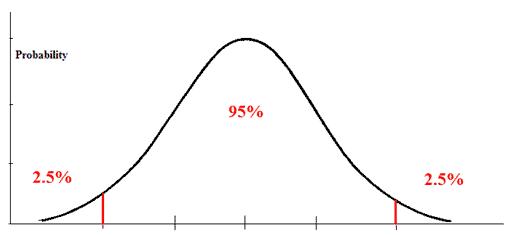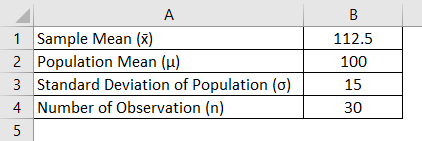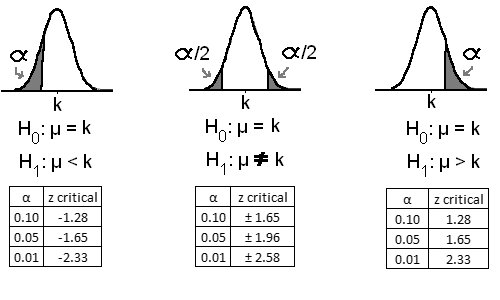

When comparing to a theoretical distribution, you can pass a random sample from that distribution. To use qqplot, pass it two vectors that contain the samples that you want to compare. We can produce a quantile-quantile plot (or QQ plot as they are commonly known), using the qqplot function. For this reason, it's very common to draw a straight line through the origin with a slope of 1 on plots like this. If the two samples came from similar distributions, but their parameters were different, we'd still see a straight line, but not through the origin. If the two samples came from the same distribution with the same parameters, we'd see a straight line through the origin with a slope of 1 in other words, we're testing to see if various quantiles of the data are identical in the two samples. In this type of plot, the quantiles of two samples are calculated at a variety of points in the range of 0 to 1, and then are plotted against each other. Now we can add a line to the plot showing the density for our simulated sample:Īnother way to compare two densities is with a quantile-quantile plot. We can generate equally spaced x-values in this range with seq: Since the distribution is supposed to be symmetric, we'll use a range from -4.5 to 4.5. To get an idea of what range of x values we should use for the theoretical density, we can view the range of our simulated data: One way is to plot the theoretical density of the t-statistic we should be seeing, and superimposing the density of our sample on top of it. (Each observation contributes a degree of freedom, but we lose two because we have to estimate the mean of each group.) How can we test if that is true? Under the assumptions of normality and equal variance, we're assuming that the statistic will have a t-distribution with 10 + 10 - 2 = 18 degrees of freedom. To generate 1000 t-statistics from testing two groups of 10 standard random normal numbers, we can use: The first argument to replicate is the number of samples you want, and the second argument is an expression (not a function name or definition!) that will generate one of the samples you want. In R, the replicate function makes this very simple. Of course, just one value doesn't let us do very much - we need to generate many such statistics before we can look at their properties. To extract it, we can use the dollar sign notation, or double square brackets: "null.value" "alternative" "method" "data.name"

"statistic" "parameter" "p.value" "conf.int" "estimate" For t.test it's easy to figure out what we want: > ttest = t.test(x,y) In addition, for some hypothesis tests, you may need to pass the object from the hypothesis test to the summary function and examine its contents. A general method for a situation like this is to use the class and names functions to find where the quantity of interest is. For this function, the R help page has a detailed list of what the object returned by the function contains.

#Hypothesis test calculator to find z score how to
T = 1.4896, df = 15.481, p-value = 0.1564Īlternative hypothesis: true difference in means is not equal to 0īefore we can use this function in a simulation, we need to find out how to extract the t-statistic (or some other quantity of interest) from the output of the t.test function. Let's test it out on a simple example, using data simulated from a normal distribution. The function t.test is available in R for performing t-tests. Before we can explore the test much further, we need to find an easy way to calculate the t-statistic. There is also a widely used modification of the t-test, known as Welch's t-test that adjusts the number of degrees of freedom when the variances are thought not to be equal to each other. It is known that under the null hypothesis, we can calculate a t-statistic that will follow a t-distribution with n1 + n2 - 2 degrees of freedom. The null hypothesis is that the two means are equal, and the alternative is that they are not. The assumption for the test is that both groups are sampled from normal distributions with equal variances. One of the most common tests in statistics is the t-test, used to determine whether the means of two groups are equal to each other. Originally for Statistics 133, by Phil Spector t-tests

Berkeley Statistics Annual Research Symposium (BSTARS).Artificial Intelligence/Machine Learning.


 0 kommentar(er)
0 kommentar(er)
